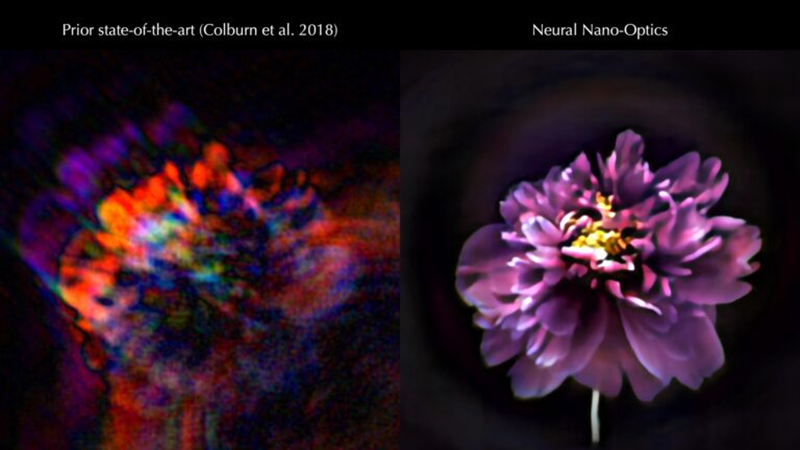My thoughts collect the dust of time unless I put them down on paper and share them with whoever and/or whomever wants to read them...I am a Vietnam Veteran and the GI Bill paid for my undergraduate and graduate degrees but I do not favor military aggressions into foreign lands to preserve a democracy and freedoms that those people "over there" do not really want. It is wrong to force our values or our faith on other people.
It is just as wrong for our own American government to force its values and faith on its citizens... that is to say, there is no justification for our government to force the acceptance of transgendered people on the rest of us. If they want to change sex, let them change sex but don't force me to accept them or invite them into my home or my place of business.
MLK Jr. believed that we should judge people by their character and not their color, but CRT and WOKENESS wants to teach us to judge people on their color alone and be damned with their character. This is fundamentally wrong on so many levels of morals, values, and ethics... not to mention common sense as it will perpetuate RACISM not end it.
I think people should be allowed to drink whatever alcoholic drink that they want to drink... AND, I believe that people should be able to take whatever illegal drug that they want to take... as long as that consumption does not infringe upon my rights... LIVE AND LET LIVE... however, these substances should be taxed... but, how much of a tax is above my pay grade and desire to give a damn.
I have a very strong belief that our Federal Government should be as small as possible and in so doing will collect the least amount of taxes in order to finance that government. Our Federal Government should have minimal regulations on business and if business begins operating in a way that hurts the people, then the people can boycott that business. This would be a variation of the "invisible hand."
The people should have the POWER, not the Federal Government or the POLITICIANS... and, while we are mentioning politicians, all of them should only serve one term. And, LOBBYING should be illegal.
People should be allowed to own firearms period... handguns, rifles, shotguns, etc. whether they are collectors, hunters, just wanting to shoot at ranges or simply exercising their constitutional right... BUT, there is no reason for any civilian to own any type of automatic or semi-automatic weapon. There is nothing wrong with background checks or age limits or any other common sense limitations. Concealed Carry Permits should be outlawed or illegal. And all sales should only be legal at a dealerhsip not a gun or firearms show.
The states should be allowed to regulate abortions but the Federal Government has no reason to tell the people what they can or cannot do with their body. That is personal and individual and should depend upon one's personal feelings, attitude, behavior, and religious beliefs.
In order to protect one's life, liberty, and pursuit of happiness rights as guaranteed by the US Constitution, criminals should be severely punished and sentencing should be directly proportional to the crime. Spending time in jail should be less if one steals $100 than it should be for someone who steals $1,000 or $100,000.
Educational degrees and levels of knowledge should not be passed on quizzes, tests, and/or final exams but on compentency tests that must be passed in order for that individual to receive credit for that course or that knowledge... this concept would be similar to CPA certification tests or the BAR exam for lawyers. Students today memorize for the grade and forget rather than retain the knowledge.

























